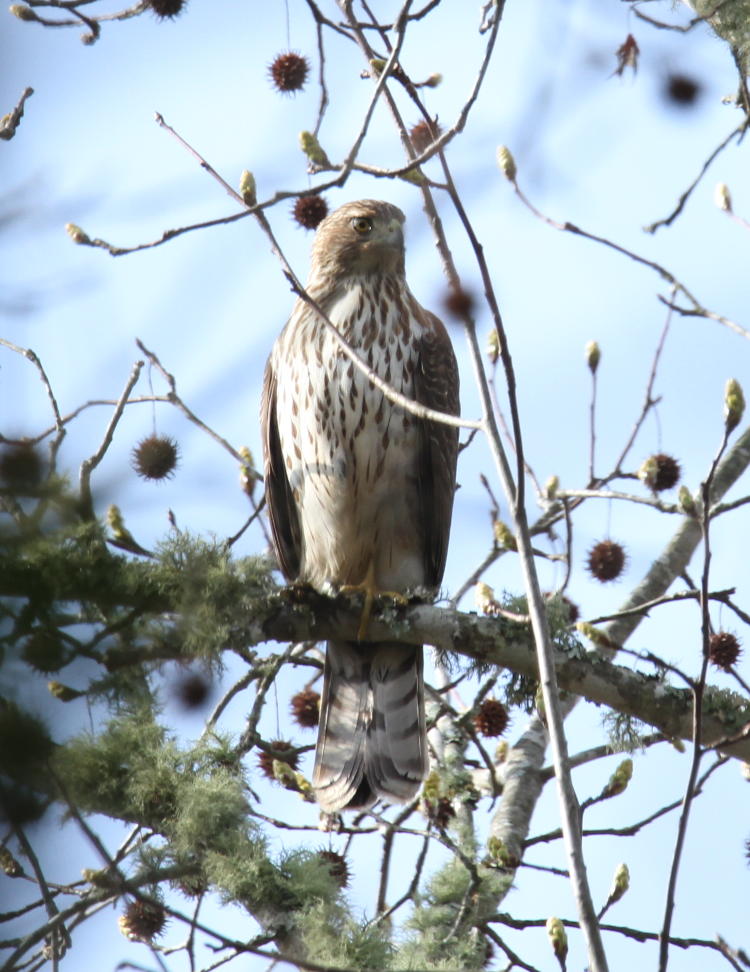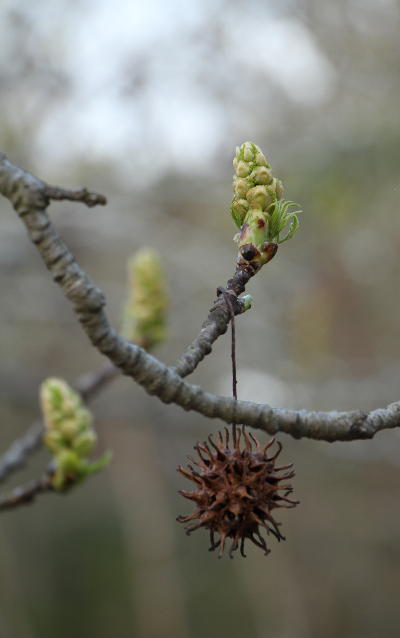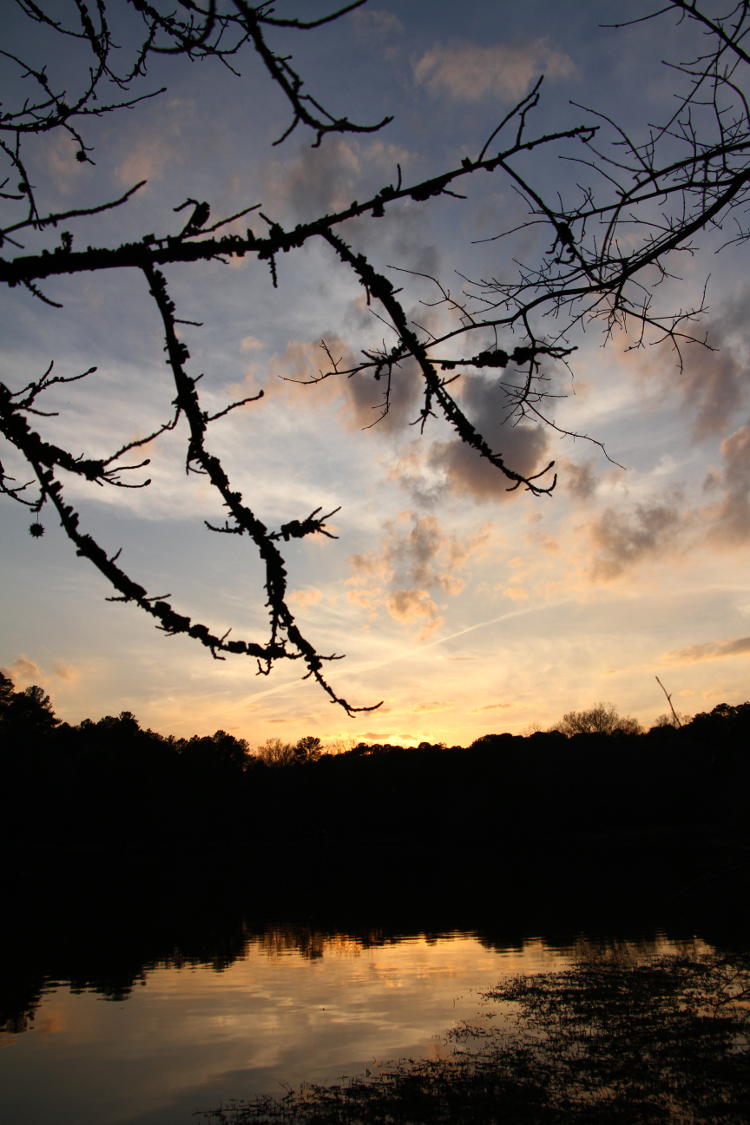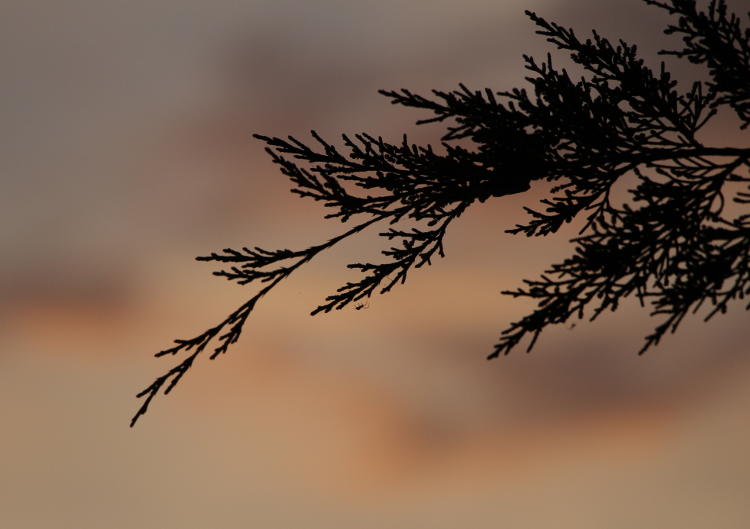Within a few days, I got a ton of photos to post, and then of course not a lot of time to post them, which is the way it goes. There will be another, image-heavy one to follow this, all tightly within a particular genre, so right now I’m doing the easier, briefer post. Not because I’m lazy, but because the other will take more time to prep and I don’t have as much right at the moment. Plus that whole build up thing.

Last year I started observing some sharp-shinned hawks (Accipiter striatus) that appeared to be in courting behavior very close by, along with what looked like a developing nest in the neighbor’s yard. That never came to be, but again this year, there is at least one hanging out, and I’m pretty sure I’ve seen a pair very close together, so we’ll just have to see what happens. I tend to shorten the name to “sharpshin” (because I am lazy,) but I’m making the effort to be more accurate here, at least initially. This one was roughly 80 meters off through a thicket of trees that will be much harder to see through within a few weeks, but has appeared in that region multiple times. Sharpshins are accipiters, fast and maneuverable medium-sized hawks that catch other birds in flight and have the talons to do it; you can get a glimpse of the long and thin toes in this image.
 The weather became remarkably warm for a few days, then abruptly turned much cooler as a front pushed through, demonstrated last night as I grilled dinner on the back deck, first time this year, then forgot about leaving the grill open to cool until I heard the pouring rain. Dashing out there shirtless, I was treated to the coldest rain I’ve ever experienced, the water vastly colder than the ambient air but rapidly bringing it down, and the temperatures remain lower today, yet the spring burst has already begun. Here, an American sweetgum (Liquidambar styraciflua,) still retaining some seed pods from last year like the tree with the sharpshin, is also budding out with new growth, so I had to go slightly fartsy. It happens at times, don’t let it bother you – I’ll be back to critter portraiture soon enough.
The weather became remarkably warm for a few days, then abruptly turned much cooler as a front pushed through, demonstrated last night as I grilled dinner on the back deck, first time this year, then forgot about leaving the grill open to cool until I heard the pouring rain. Dashing out there shirtless, I was treated to the coldest rain I’ve ever experienced, the water vastly colder than the ambient air but rapidly bringing it down, and the temperatures remain lower today, yet the spring burst has already begun. Here, an American sweetgum (Liquidambar styraciflua,) still retaining some seed pods from last year like the tree with the sharpshin, is also budding out with new growth, so I had to go slightly fartsy. It happens at times, don’t let it bother you – I’ll be back to critter portraiture soon enough.
The sunsets remain as unpredictable as always, at least for this area, and I keep seeing what looks like promising conditions that get my hopes up and impel me to go out to the nearby pond for photos. And then, in mere minutes as the colors would be developing, the clouds scatter impudently and the display is rather lackluster, a pattern that seems to hold true more often than not. The moment that I get disillusioned with this and just shrug off the impending sunset is when, naturally, the colors will burst forth and I’ll be there without my camera.
[I also have to note how many decent sunsets have occurred when I’m at work – the other work – unable to take advantage of them. I’m sure this is simply the bias of noticing the frustrations, not to mention how many I might have missed because I was paying no attention indoors, but it still irks.]
With that lead in, we have the sunset pics from the other evening, when the clouds scattered impudently and the display became rather lackluster.

The inclusion of yet another sweetgum tree helps disguise the fact that the colors didn’t do much, but can’t hide the jet contrail of course. And yes, you’re seen much this perspective before, at least if you’re a regular on this blog which means you actually haven’t, but there are only so many angles to catch sunset from there – something about the Earth only spinning the same way all the time. And the same can be said for the next shot. I mean, not about spinning the same way even though spinning is involved, but for too many shots like this. I still like them, okay?

I like the bald cypress (Taxodium distichum) trees, several of which line the pond’s edge, but did you immediately notice the tiny spider? I shoot these so I know they’re there, and thus never know how easily someone else spots them.

There is a small tree at the corner of the gate by the house that is slightly annoying throughout the summer months, because it has long thin branches that droop and thus get in the way as we go through the gate, but in this season it blooms, for a few days only, with extremely subtle tiny white flowers (8mm maximum) that nevertheless have a wonderful fragrance. I have once again tried to identify it and failed, probably because I’m using a database of NC native wildflowers and it’s not a native, instead being landscaped. If you know, feel free to submit the name of the plant along with five dollars for a processing fee and I’ll be sure to include your name in a future post.
I did some nighttime exploring of the backyard a few nights back, and among other things that will appear later, I was finding the evidence of the vernal re-activity (before the temperature dropped, anyway.) Most notable was the very pattering discreet sound like the rain was just starting, even though it wasn’t, and I stalked it around the yard before realizing what it was.

These are common as muck around here, most especially in our yard, and are known as American giant millipedes (Narceus americanus.) True to form, they can get in the range of 100mm in length, thicker than a pencil, and it was their foraging and exploring in a yard full of dried leaves that I was hearing. There are literally thousands within a small plot, impossible to avoid, and for the most part harmless; handling them might get them to discharge a substance that stains the skin and that some people apparently react to, but it’s never affected me in the slightest, and most times they don’t even bother. But realizing that the soft sounds in the leaves were caused by their activity became slightly creepy (The Girlfriend emphatically denies the ‘slightly’ bit.)

On a fencepost, a wobbling wart revealed itself to be an unidentified beetle, probably a type of weevil, that still sported some of the mud from its winter hibernation. Hey, you try to clear off dried NC clay with legs situated underneath your broad abdomen. Even attracting the attention of nature photographers may not be any help…
At the time of this particular night’s exploration, the pollen clouds from the hated longneedle pines was just starting; within two days it had exploded, so last night’s rain was a welcome factor in helping clear it away, though the season is far from over. The headlamp revealed my next subject because of the distinct reflection of the eyes, and it seems I have to do at least one of these every year, so here it is.

I have yet to determine how to identify the various wolf spider species in the area, and it may well take careful examination of undersides and hind leg segments and rot like that, which I wasn’t doing when sprawled in the (crackling) leaves going for the portrait, so we simply have the Lycosidae family right now. This is a female, a fairly good-sized one, so likely to produce an egg sac before too long – that is, if she isn’t discovered by the frogs inhabiting the backyard pond nearby. She was a little sluggish that evening, hiding under a leaf as I approached but then crouching cautiously as I removed it instead of seeking further shelter, so I was able to capture the pollen beginning to decorate her exoskeleton. Body length was probably about 30mm.
And I’m not going to close with the creepiest photos, so here’s some Carolina yellow jasmine (Gelsemium sempervirens) blooms found at the NC Botanical Garden this past Friday, their last day open to the public for the foreseeable future. The same visit produced a lot of other photos plus some video clips, so be patient – I’m working on it.





















































